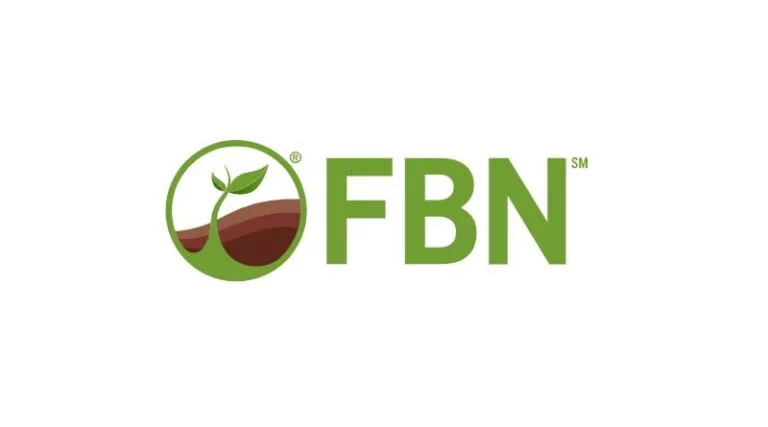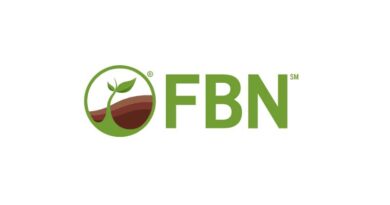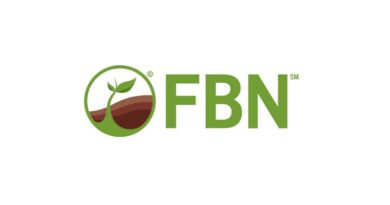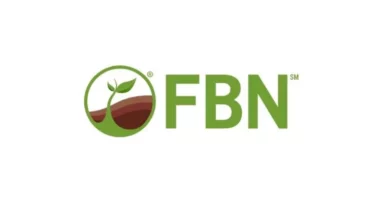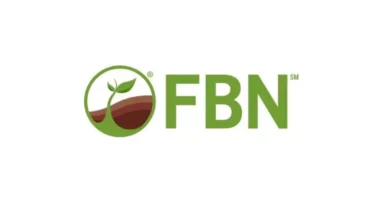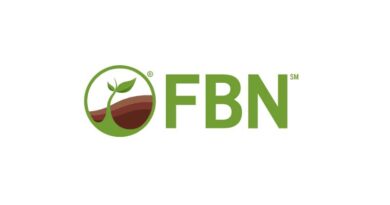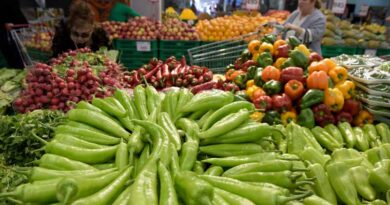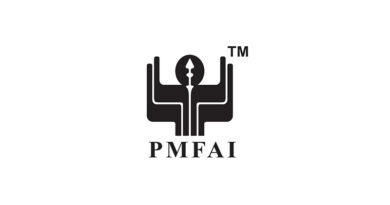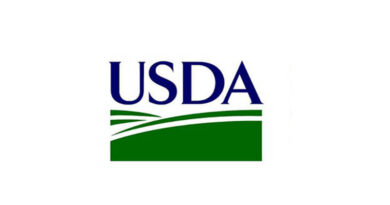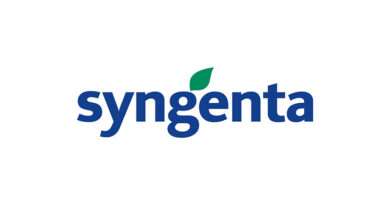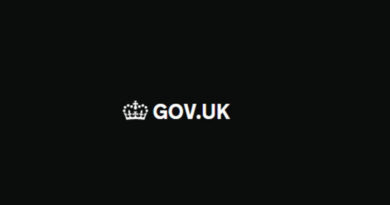How to Manage Northern Corn Leaf Blight
03 January 2024, US: Northern Corn Leaf Blight (NCLB), a disease instigated by the fungus Exserohilum turcicum, can trigger significant corn yield losses, impacting both the quantity and quality of harvest. Intense infections can lead to substantial yield losses, slashing corn yields by up to 50%.
NCLB primarily targets the leaves of the corn plant, but it can also invade the husks, sheaths, and tassels. The disease diminishes the photosynthetic area of the plant, potentially leading to smaller ears and lightweight, nutrient-deficient kernels.
The lesions triggered by NCLB can merge, creating large areas of dead leaf tissue. This can reduce the plant’s photosynthetic capacity, leading to stunted growth and reduced yield. In severe cases, the disease can cause premature plant death.
By diminishing the plant’s photosynthetic area, NCLB can severely impact the plant’s ability to produce and store energy. This can result in reduced kernel development and overall yield loss. Additionally, the disease can weaken the plant’s natural defenses, making it more vulnerable to other diseases and pests.
This post will outline:
- How to identify Northern Corn Leaf Blight
- Regions typically affected by Northern Corn Leaf Blight
- Timing of Northern Corn Leaf Blight
- How to chemically manage Northern Corn Leaf Blight
How to Identify Northern Corn Leaf Blight
Prompt detection of NCLB is vital for effective control. NCLB manifests as long, elliptical, grey-green or tan lesions on the leaves. These lesions can vary from 1 to 6 inches long and about 1/2 to 3/4 inch wide. As the disease advances, the lesions darken to tan or gray and may appear slightly fuzzy due to the presence of fungal spores.
The first hints of NCLB typically surface after silking. Early symptoms include small, diamond-shaped lesions on the lower leaves. As the disease advances, these lesions elongate and adopt a more elliptical shape.
Geographic Impact of Northern Corn Leaf Blight
NCLB flourishes in areas with high humidity and moderate temperatures, typically between 64-81°F. It’s common in the Corn Belt region of the United States, including states like Iowa, Illinois and Indiana.
Timing of Northern Corn Leaf Blight
NCLB usually emerges in the mid-to-late growing season, particularly during periods of extended leaf wetness. Early infections can occur but are generally less severe than those that arise later in the season.
How to Manage Northern Corn Leaf Blight
Two products are often recommended to address NCLB, including:
- Willowood Propicon 3.6EC
- GCS Azoxy 2SC
Willowood Propicon 3.6EC is a fungicide containing Propiconazole, while GCS Azoxy 2SC is another fungicide containing Azoxystrobin. Both contain ingredients similar to those labeled for use on Southern Corn Leaf Blight, which may also be effective against Northern Corn Leaf Blight.
The typical application rate for Willowood Propicon 3.6EC on corn is 4 oz/ac, with a range of 2-4 oz/ac. More information about Willowood Propicon 3.6EC, including the label and safety data sheet, is available here.
The typical application rate for GCS Azoxy 2SC on corn is 12 oz/ac, with a range of 6-15.5 oz/ac. More details about GCS Azoxy 2SC, including the label and safety data sheet, can be found here.
Please note that these rates are general recommendations, and it’s always advisable to consult the product label for specific instructions and guidelines.
Also Read: Use of Nano Urea decreases Wheat yield by 20%: PAU
(For Latest Agriculture News & Updates, follow Krishak Jagat on Google News)

